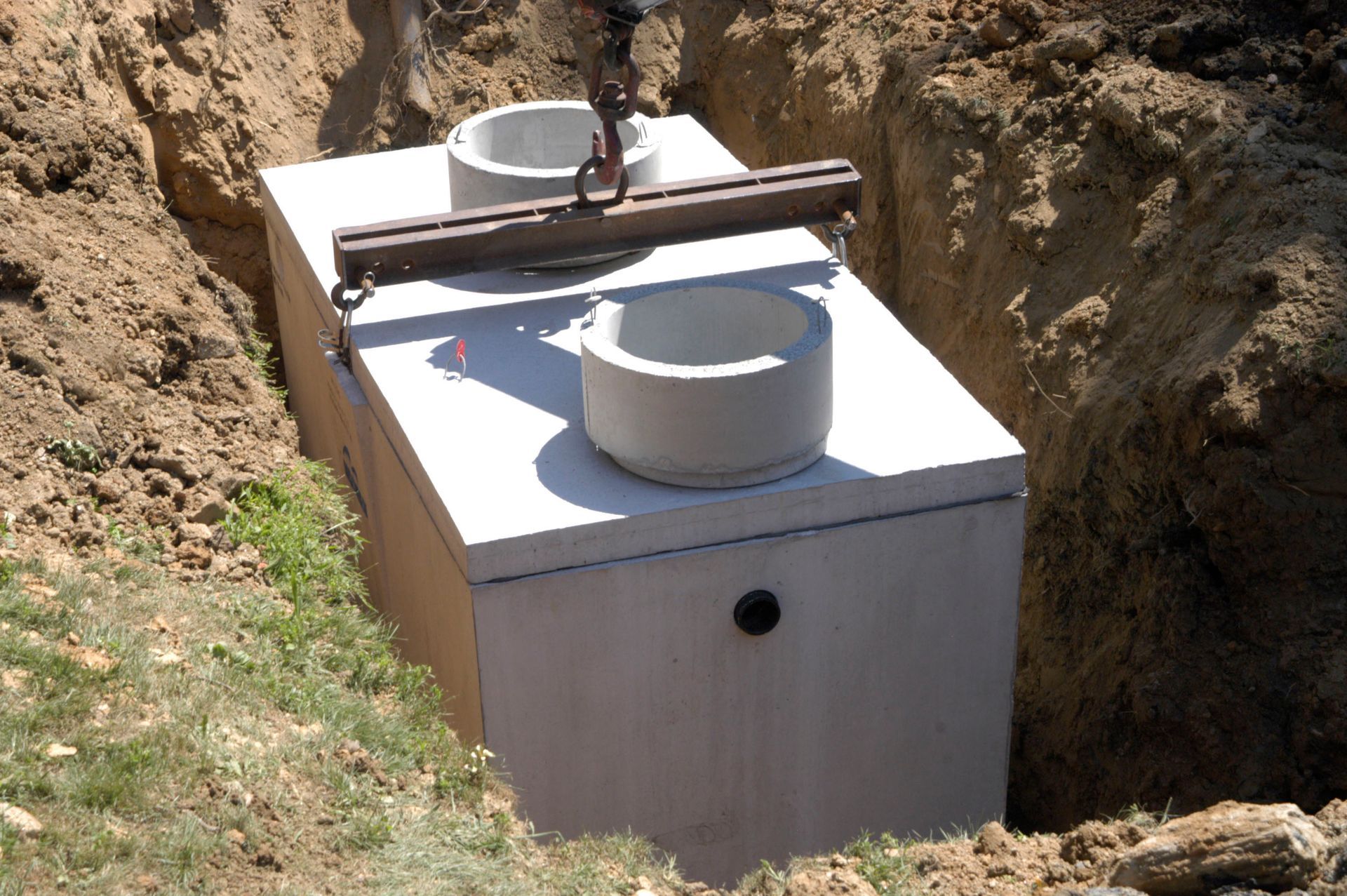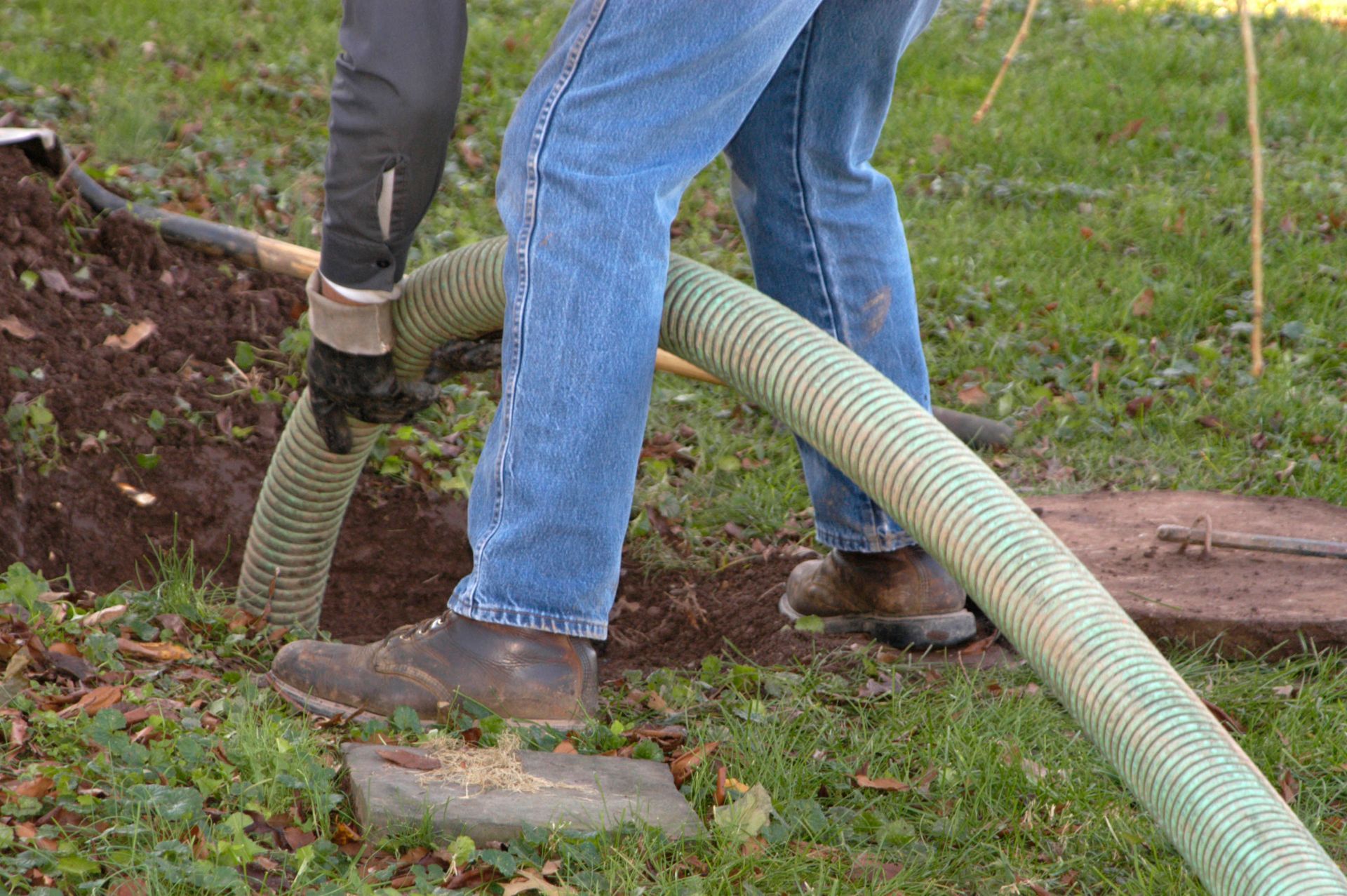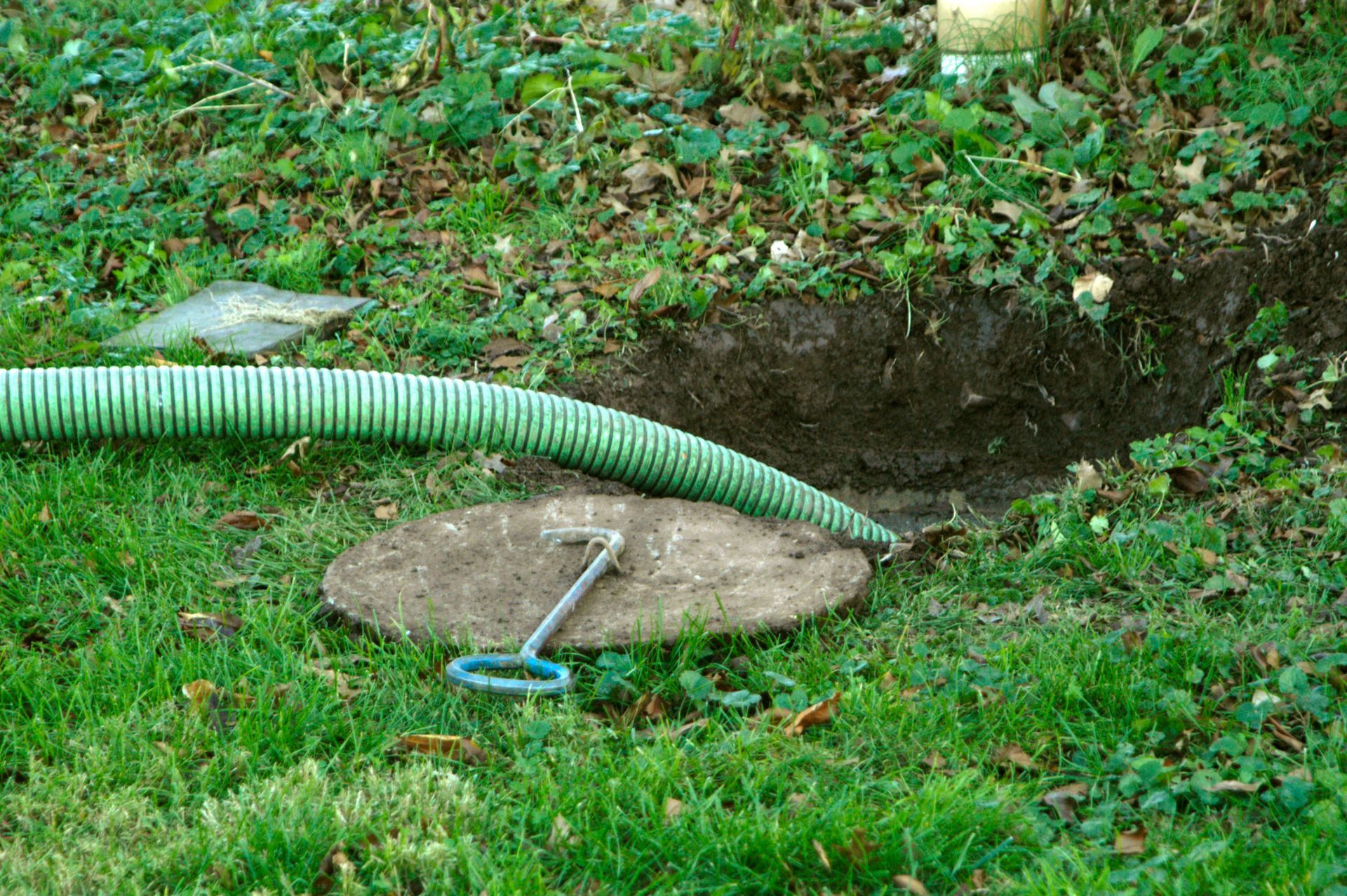8 Things to Know About Your Septic Tank Install
Installing a septic system is one of the most essential steps in building or updating a home without access to public sewer lines. A properly planned and executed septic tank install not only supports daily waste management but also protects your property and local environment for decades to come. Understanding the critical elements of installation, from soil conditions to tank size and maintenance, can save you significant time, money, and stress. Whether you’re preparing a new site or replacing an outdated system, here's what you need to know to make informed decisions throughout the process.
1. Understand the Role of a Septic System
A septic system is a self-contained wastewater treatment solution that processes sewage directly on your property. It begins with a large underground tank that separates solids from liquids. The clarified liquid, called effluent, then flows into a drain field where it is naturally filtered by the soil. This setup eliminates the need for a centralized sewer connection.
Various system types exist depending on your site conditions. Conventional systems are the most common, while alternative systems like aerobic treatment units or mound systems are designed for properties with challenging soil or limited space. All systems share basic components: the tank, inlet and outlet pipes, distribution boxes, and a leach or drain field. The right configuration depends on both technical and environmental factors.
Choosing the right tank size is crucial. According to This Old House, an average three-bedroom home generally requires a 1000-gallon septic tank. This benchmark ensures that the tank can handle the daily flow of wastewater, allowing enough time for solids to settle and for effluent to be safely dispersed.
2. Assess the Site Before You Dig
Every successful septic tank install starts with a detailed site evaluation. Soil quality, slope, drainage, and proximity to water sources all influence where and how the system can be installed. A professional will conduct a percolation or “perc” test to assess how quickly water drains through the soil. Poorly draining soil may necessitate advanced treatment or engineered alternatives.
In addition to soil testing, environmental factors like floodplains, rock outcrops, or high water tables must be considered. These limitations may require adjustments in tank placement, drain field design, or the system type itself.
You’ll also need to obtain permits before any work begins. These are issued based on your site plan, soil data, and system specifications. Failing to secure proper permits can result in fines or the need to redo work that doesn’t meet health and safety standards.
3. Select the Right Tank and Materials
Your septic tank must suit your household’s needs both now and in the future. As our experience has shown us, tank sizes typically range from 750 to 1,500 gallons or more, depending on the number of bedrooms and estimated daily water use. If you plan to add bathrooms or expand your home later, it’s worth sizing up during the initial septic tank install.
Equally important is the choice of tank material. Concrete tanks are strong and long-lasting but heavy and may require machinery for installation. Fiberglass tanks are lightweight, rust-proof, and resistant to corrosion, but may crack if not properly handled. Polyethylene tanks are also light and affordable, but could be vulnerable to structural issues if backfilled incorrectly.
Local weather conditions influence this decision as well. For example, plastic tanks may warp in extreme heat, while concrete tanks can crack from freeze-thaw cycles. Your contractor can recommend the best option based on Whatcom County’s soil and climate.
4. Follow a Careful Installation Process
The installation process begins with clearing and grading the site. Contractors dig trenches for both the tank and the drain field, ensuring proper slope and placement. The tank is lowered into the ground and connected to your home’s plumbing system. Pipes then direct wastewater into the drain field, where effluent disperses safely.
The correct slope is essential. If pipes are too flat, solids may clog the line. If too steep, solids may not settle properly inside the tank. Professional installers use laser levels and site plans to achieve accurate alignment.
After physical installation, the system must be inspected and tested before use. Inspectors check for water-tightness, proper flow, and code compliance. Once approved, the site is backfilled and restored with soil or vegetation to prevent erosion and improve aesthetics.
5. Perform Regular Maintenance
Maintaining your system after a septic tank install is vital to its longevity. In our experience, we have found most tanks need pumping every three to five years, depending on usage and tank size. Failure to pump can cause backups, clogs, or even complete system failure.
Inspections should be scheduled regularly to monitor sludge levels, baffle integrity, and the drain field’s condition. Many contractors offer maintenance contracts, which ensure you stay ahead of potential issues.
Homeowners can contribute by conserving water, repairing plumbing leaks quickly, and being mindful of what goes down the drain. Grease, coffee grounds, and non-biodegradable items can clog or damage your system. Avoiding chemical drain cleaners and harsh household cleaners also helps maintain the bacterial balance inside your tank.
6. Understand Legal and Environmental Responsibilities
In Washington State, as in many places, property owners are legally responsible for ensuring their septic system meets public health codes. Improper operation can pose a serious risk to drinking water, local wildlife, and neighboring properties.
A leaking system can contaminate nearby groundwater with bacteria, nitrates, and other pollutants. This can lead to waterborne illness or damage to nearby ecosystems. Staying compliant with inspection schedules and maintenance guidelines helps minimize these risks.
Many counties, including Whatcom, require homeowners to maintain records of their septic tank install and all subsequent maintenance. These records are often necessary during property sales or renovations and can increase buyer confidence when properly documented.
7. Work With Skilled Professionals
Because septic installations are technical, regulated, and site-specific, hiring an experienced contractor is essential. Professionals will handle the site prep, obtain necessary permits, conduct soil testing, and guide you through choosing the right tank and system layout.
Look for companies that are licensed, bonded, and insured. Ask for references or examples of previous work. A good contractor will not only execute the job to code but also explain system care and follow-up service options.
Many installers also offer services such as erosion control, grading, concrete building pad installation, and mobile home site prep. Having a single provider for multiple phases of construction simplifies scheduling and ensures consistency in quality.
8. Support Broader Community and Environmental Health
A well-maintained septic system doesn’t just serve your property—it protects your neighborhood. Malfunctioning systems can cause widespread contamination and become costly public health issues. Proper installation and responsible usage benefit the larger community.
Homeowners can support local sustainability efforts by educating others about septic care and advocating for awareness. Hosting informational meetings or sharing helpful resources can encourage neighbors to stay on top of their systems. The collective impact is cleaner water, healthier landscapes, and reduced environmental strain.
Community-wide awareness and accountability improve not only individual property values but also long-term environmental outcomes. Every responsible septic tank install is a step toward a safer, cleaner future.
A reliable septic system starts with the right install, one that matches your household’s needs, meets local code, and supports environmental protection. If you're planning a septic tank install in Whatcom County, Coast Construction is here to help. We offer comprehensive services including septic installation, pumping, maintenance, grading, mobile home site prep, erosion control, and concrete pad installation. Since 1986, our certified, licensed, bonded, and insured team has proudly served local families with free estimates and a 14-month labor and materials warranty. Let’s build your system the right way, from the ground up.




Share On: